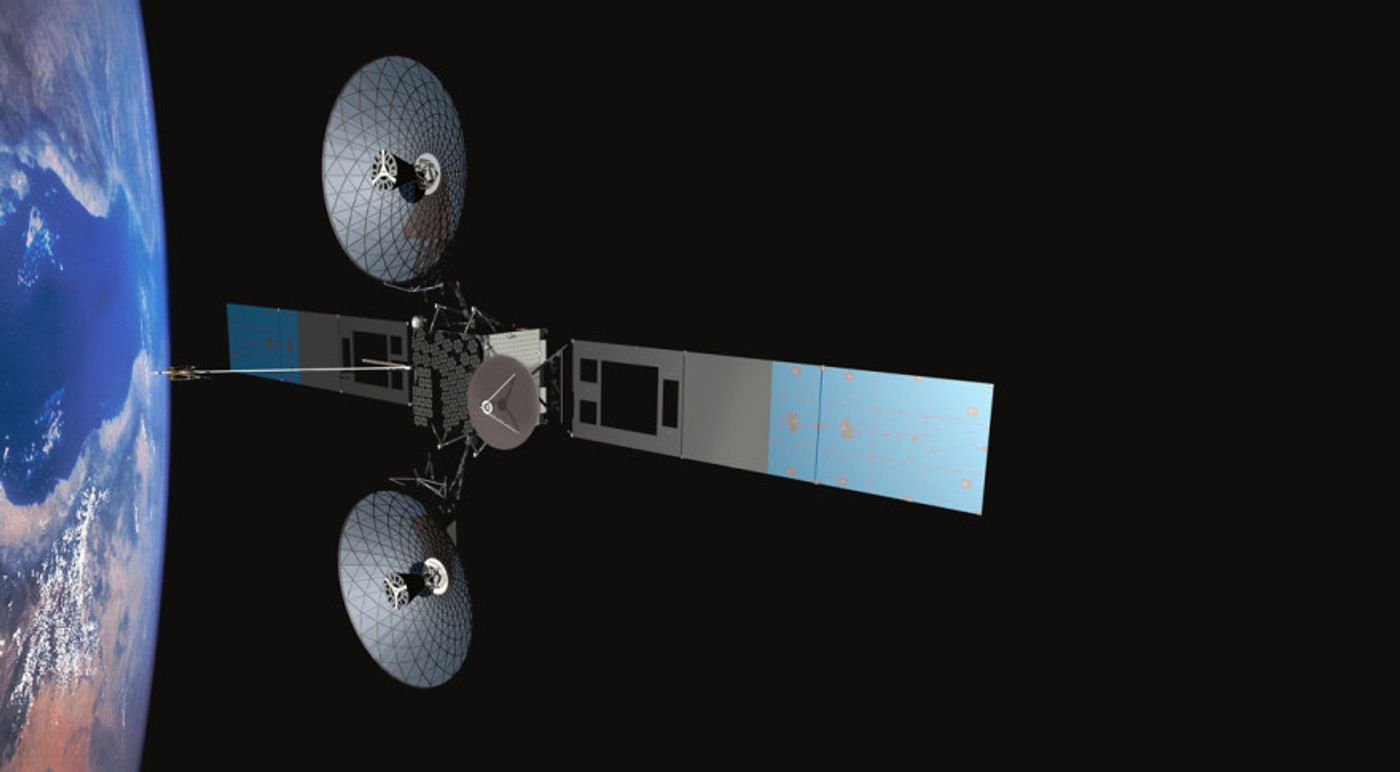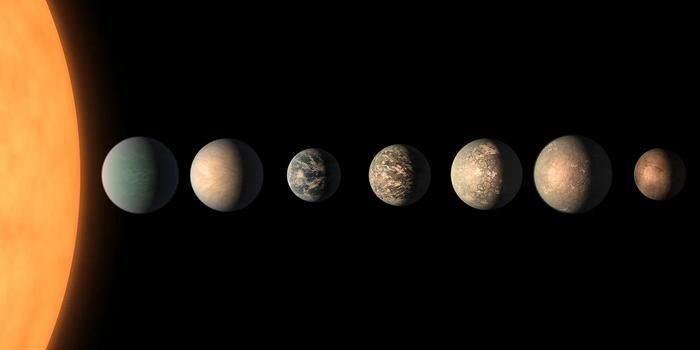A Damaged Antenna Delays TDRS-M Satellite Launch
When it comes to satellite launches, NASA loves to get things rolling as soon as they can, but perhaps their giddiness to launch Boeing’s TDRS-M communications satellite by August 3rd cost them a little more time than they bargained for.
It was originally scheduled to launch aboard a United Launch Alliance Atlas V rocket from an Air Force-owned launchpad in Cape Canaveral, Florida on August 3rd. Unfortunately, because one of its S-band omnidirectional antennas were damaged by a crane while attempting to transport the unit, it’s sitting out that launch period for repairs.
Image Credit: NASA
“Boeing and NASA are working closely to investigate the causes of the incidents to ensure safe repair and processing of the spacecraft,” the satellite’s manufacturer, Boeing, said in a statement.
Boeing is reportedly adding personnel to the team “to assist in the investigation, implement the necessary repairs and spacecraft processing, and incorporate systemic improvements to eliminate future risk to these vital missions.”
Related: NASA decommissions the legendary EO-1 satellite
TDRS-M is one out of a network of similar satellites that link communication together between controllers on Earth’s surface and spacecraft orbiting the Earth; those include the International Space Station and various satellites and space telescopes, like Hubble.
Nine of these types of satellites are already orbiting the Earth; some of these are first-generation models, while others are second or third-generation. TDRS-M is a third-generation model and will mark the tenth iteration to this satellite family when launched.
In case you were interested in knowing what the difference was between generations, third-generation TDRS satellites are capable of ground-based beamforming rather than on-board beamforming. NASA says this is advantageous because it “allows for the unscheduled S-band DAS to be possible for low data rate use.”
August 20th is said to mark the second attempt to transport and launch the TDRS-M communications satellite, but the date isn’t set in stone just yet because teams are also said to be investigating grounding issues that result in unwanted electrostatic interference.
At this point, it’s a waiting game as repair engineers work to rectify the problems caused by the damage.









